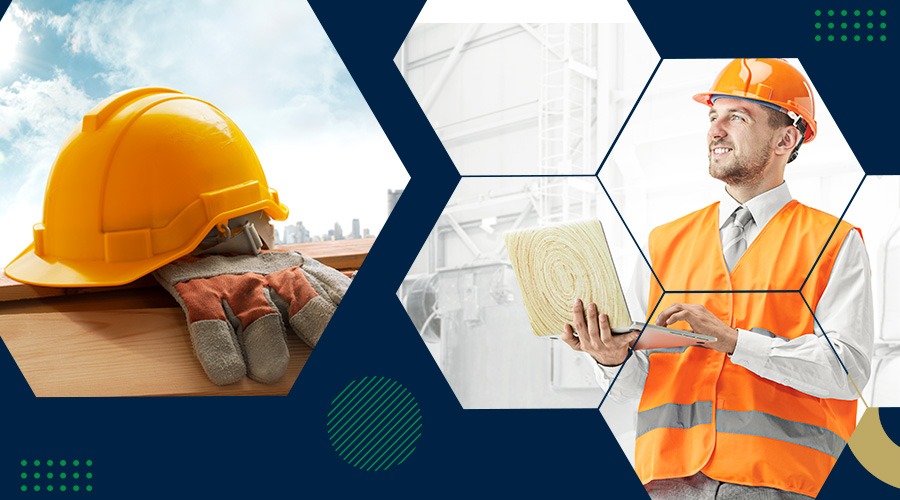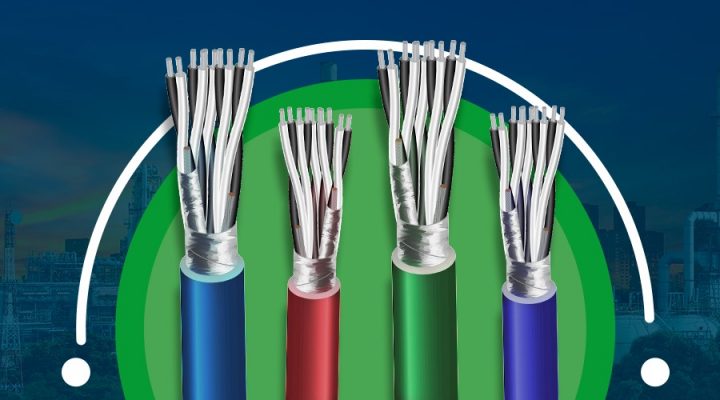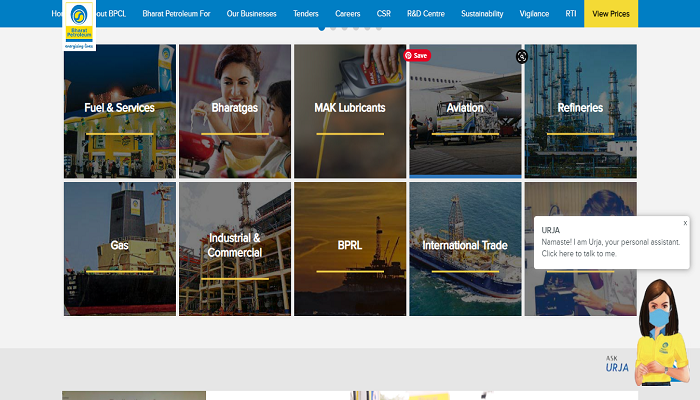Every industry worker, as well as engineer, knows about the personal protective gears since they are working closely with the dangers. It becomes the duty of recruiters as well, to imply proper safety norms and make sure that they are followed. The topic of safety and hazard management is not limited to just wearing safety tools. It extends to maintaining decorum of the workplace and sites to reduce the incidents of injuries, being aware of limitations of your PPE and conducting PPE programs to educate new workers.
Safety tools are required in each and every industry. However, these differ in accordance with the field you are working in. occupational safety and health administration regulates the rules and the gear that is needed by each industry type.
In this blog, we will discuss what you can do as an employer to decrease incidental traumas. Apart from that, you will also read about the fundamental safety tools that are to be worn in every field.
-
Head and neck protective equipment
It is extremely important to safeguard the head before heading to the construction site, marine terminals, or shipping ports. Let us look at the protective guards for this region of our body:
-
Safety helmets
These hard hats protect the head from any type of impact. It should be examined thoroughly for any defects or blows before using them every time. If there are any irregularities or fatigue present, you probably need a new hat. If you work in harsh temperature conditions or your helmet is exposed to chemicals, then you might have to replace it sooner than you expect.
-
Eyeglasses
These are a requisite in construction sites as well as general industries where there is a usual exposure to dust particles, abrasives, or chemicals. Eye injuries are the most susceptible ones and hence, it is a must-have gear when you are working in a vulnerable environment. Employers and safety tools suppliers must read OSHA regulations on ideal safety glasses.
-
Earplugs
Individuals almost often ignore the health and hazard of their ears. Exposure to loud construction noises, loud machinery, drills and other factory equipment can gradually slow down one’s hearing. It may be too late before you know as the transition is unnoticeable. The laborers might not have insurance that covers the expenses of hearing aids. It is imperative as an employer to invest in the workers’ safety. Safety tools manufacturers in India make a plethora of PPEs with specified standards. Enggpro is an online directory with a listing of numbers of safety tool manufacturers.
There are few other gears for guarding the face such as face shields and masks.
-
Hand gloves
Depending upon the industry, the material of the hand gloves may vary. Since most industrial work requires the use of hands and fingers, this part of the body is prone to get minor or major wounds. OSHA has norms on different grades of hand gloves based on the applications. There are gloves for various purposes to protect against intended factors. For example, gloves for guarding against cuts are of different material and thickness than the gloves used against chemicals or those against extreme temperatures.
-
Wearing clothes or jackets that reflect light
When workers are working night shifts or indoors or beneath a giant shade, the visibility is low. Therefore, in order to be protected from transport trucks and the machines on wheels, it is absolutely necessary to wear a reflective vest so that the drivers can see the workers.
Decreasing the incidents of occupational hazards
While safety tools do their jobs, there are other factors that play a pivotal role in reducing occupational accidents.
-
Identifying workplace hazards and risk factors
The employer is responsible for regular assessments of industrial setup to identify any vulnerabilities that workers should be made aware of. Once these loopholes are recognized, one should work towards minimizing the hazards. Beyond that, the laborers are given PPEs as per the hazards they are being protected from.
-
PPE implementation plan
A program should be conducted to educate the employees on the usage of PPEs. Not just that, the implementation plan begins with a trial to find out the efficacy of these protection gears. Once the ideal wearable for intended use is passed, it is equally important to address issues that the workers are going to deal with. Once they know about the potential risk posed by their industry, they should be taught to wear PPE effectively. Besides, the individuals should be guided on maintenance and replacement of the same.
-
Wearables could be dangerous!
If not tested properly before implementation, PPEs can be a nuisance and hard to work with. In addition, wearing gear does not mean the employees are safe. One must work towards eliminating risk first.
While the hazard is hard to avoid, wearing safety equipment is a must. And it is equally essential to inform the workers of potential hazards and How to be prepared against them. Check out enggpro which has a reliable list of safety tools suppliers.



